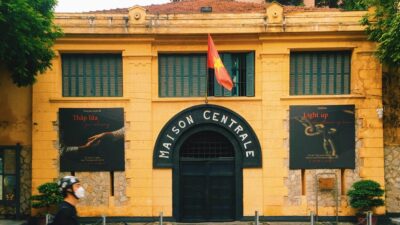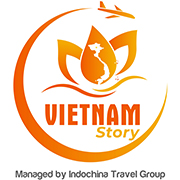Vietnam, a land of captivating contrasts and vibrant culture, beckons travelers with its stunning landscapes, delicious cuisine, and a rich history that whispers tales of resilience and transformation. To truly appreciate this Southeast Asian gem, it’s essential to understand the journey that has shaped its unique identity and enduring spirit. This journey through time, marked by periods of struggle, resilience, and remarkable growth, has shaped the modern Vietnam we see today.
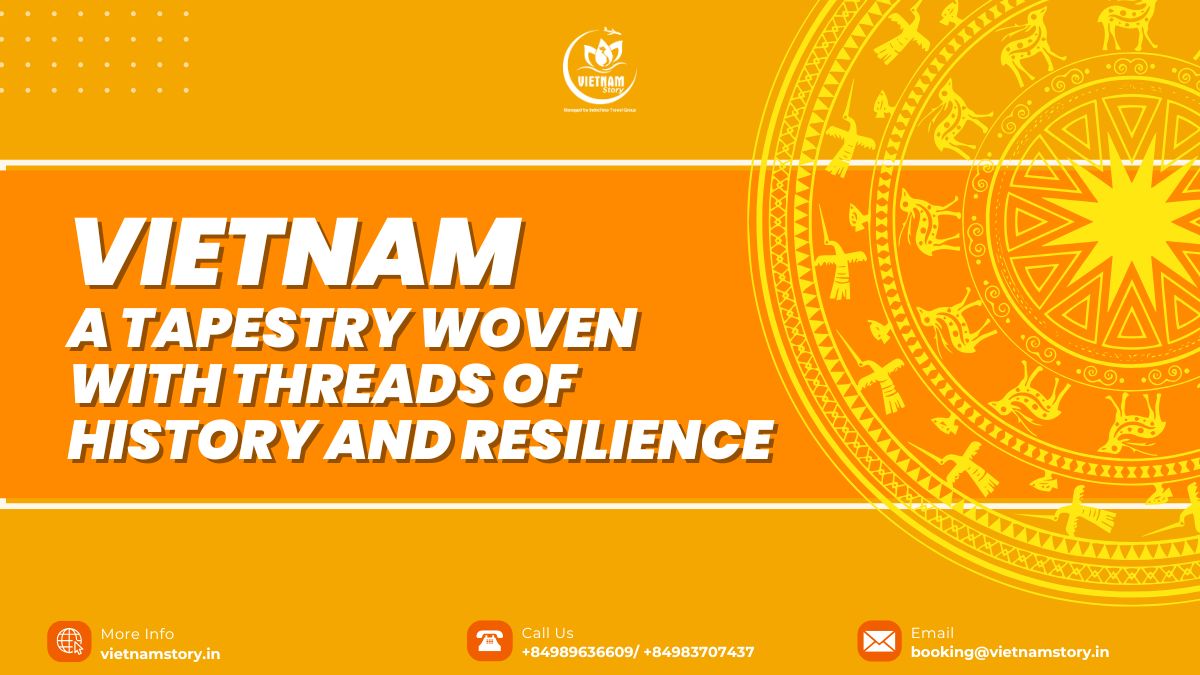
From ancient origins to flourishing dynasties
The roots of Vietnamese civilization lie deep in the fertile Red River Delta, a region that has nurtured life for centuries. Around the 3rd century BC, the Van Lang civilization emerged, an early state that flourished in this region, leaving behind remnants of its culture in the form of archaeological discoveries and ancient legends. These early settlements paved the way for the rise of the Hung Kings, considered the founders of the Vietnamese nation. Their reign, lasting from 2879 to 258 BC, marked a pivotal period in Vietnamese history, establishing the country as a sovereign nation.
The Hung King Temple Festival, a significant annual celebration, pays homage to these legendary figures, reminding the Vietnamese people of their shared heritage and national unity. The festival is a vibrant spectacle, filled with traditional music, dances, and rituals, offering a glimpse into the country’s rich cultural tapestry. Imagine visiting the Hung King Temple, nestled in the heart of the mountainous Phu Tho region, witnessing the solemn ceremonies and colorful performances, and feeling a connection to the country’s ancient roots.
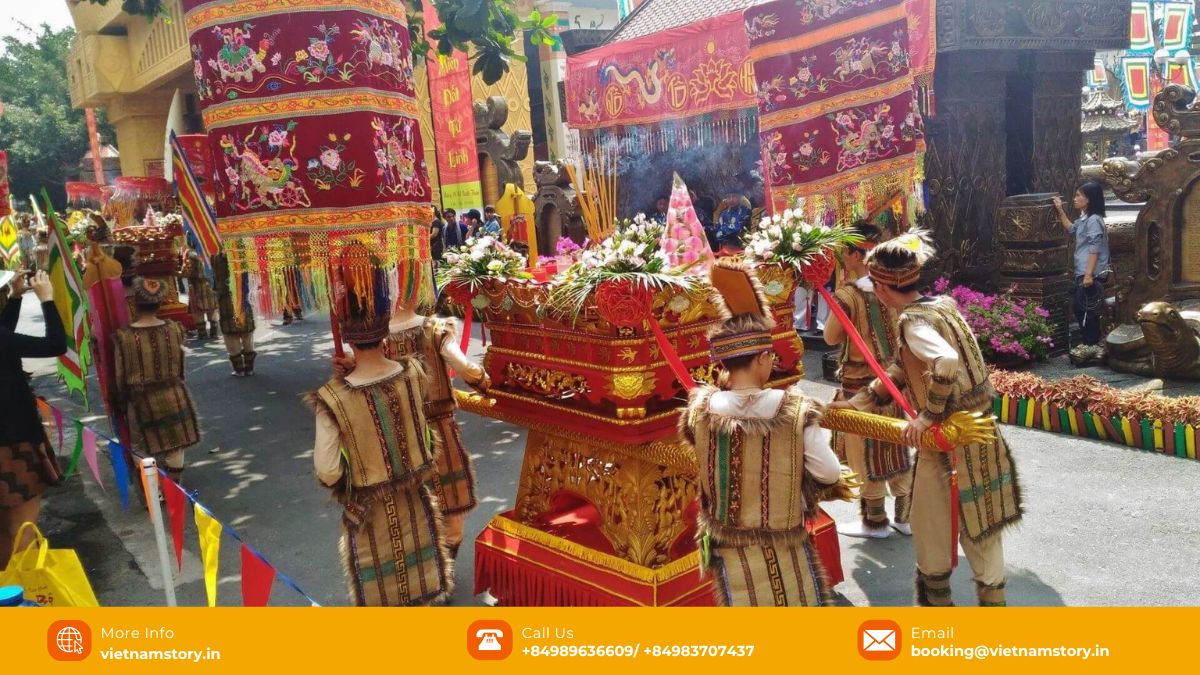
The Ly Dynasty, which emerged in the 11th century, ushered in a period of strong central government and significant cultural achievements. This era saw the construction of many important temples and monuments, including the renowned Temple of Literature, a testament to the value placed on education and scholarship during this period. The temple is a beautiful example of Vietnamese architecture, showcasing its intricate carvings and serene atmosphere. The temple’s serene courtyards and graceful architecture provide a glimpse into the importance education has always held in Vietnamese society.
READ MORE: Vietnam’s Festive Calendar: A Journey Through Tradition and Celebration
Colonial rule and the unyielding quest for independence
The 19th century marked a turning point in Vietnamese history, with the arrival of French colonial rule. This period, though marked by a period of modernization and development, left a lasting impact on Vietnamese society and culture. French architecture and urban planning became prominent in major cities like Hanoi and Ho Chi Minh City, creating a unique blend of Eastern and Western influences on the cityscape. However, French rule also sparked Vietnamese nationalism and a fierce desire for independence.
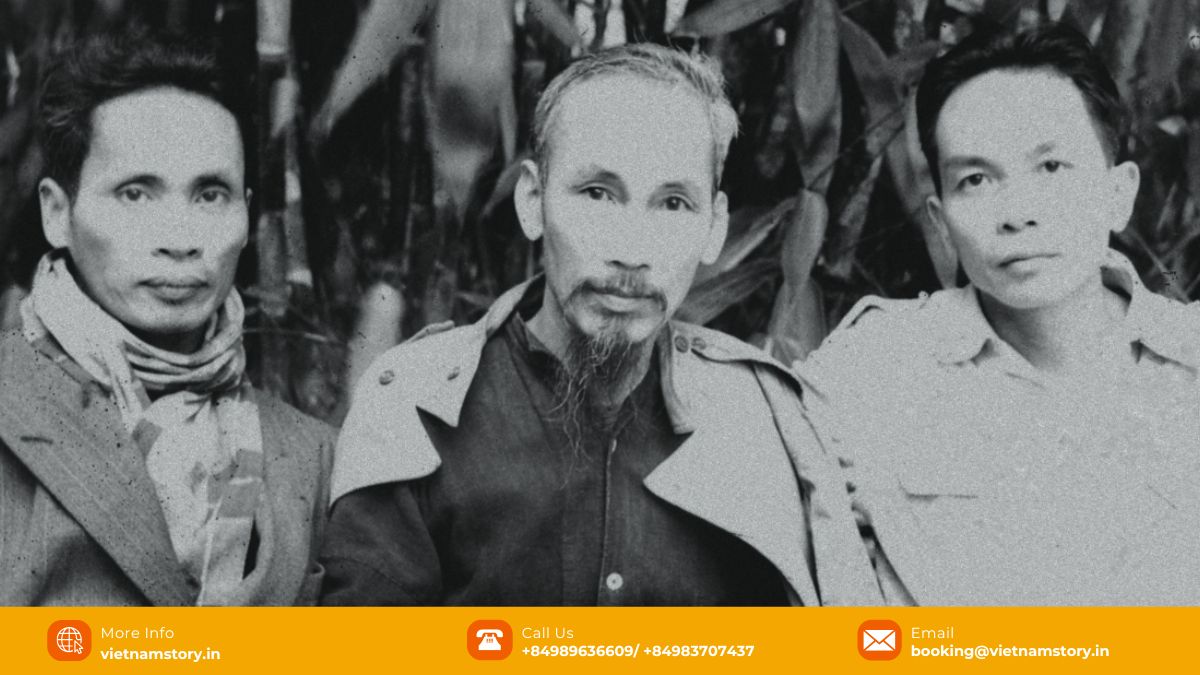
The fight for freedom was long and arduous. The First Indochina War (1946-1954) saw Vietnamese forces, led by the charismatic Ho Chi Minh, fight against the French colonial power. This period solidified Ho Chi Minh’s role as a national hero, a symbol of resistance and a champion for Vietnamese independence. The war was a period of hardship and loss, but it forged a sense of unity and determination amongst the Vietnamese people.
The scars of war and the journey to reunification
The Vietnam War (1954-1975) was a devastating conflict that divided Vietnam into North and South, fueling a conflict that resonated throughout the world. The war left deep scars on the country and its people, leaving behind a legacy of trauma and loss. Yet, amidst the hardship, the Vietnamese people never lost sight of their dream of reunification and independence.
The war finally ended in 1975 with the reunification of North and South Vietnam, a momentous event commemorated annually on April 30th as Reunification Day. This day symbolizes the resilience and unwavering spirit of the Vietnamese people, their journey towards national unity, and the birth of a new chapter in Vietnam’s history. The reunification was a testament to the Vietnamese people’s strength and determination, marking a turning point in their journey towards peace and prosperity.
Post-War Vietnam: A nation transformed
The post-war years witnessed significant changes in Vietnam. In the late 1980s, the country embarked on a period of economic reforms known as Doi Moi, leading to remarkable economic growth and development. Vietnam has emerged as a growing economic power, a vibrant destination for tourism, and a symbol of resilience in the face of adversity. It has transformed from a nation scarred by war to one that embraces innovation, progress, and a spirit of optimism.
Exploring Vietnam’s enduring legacy
As you journey through Vietnam, you’ll encounter the legacy of colonialism, the enduring spirit of resistance, and the pride in the nation’s cultural heritage. Visit significant historical sites like the Temple of Literature, a testament to the importance of education; the Ho Chi Minh Mausoleum, a tribute to the nation’s beloved leader; the War Remnants Museum, a poignant reminder of the war’s impact; and the Reunification Palace, a symbol of the country’s reunification. These sites offer a glimpse into the trials and triumphs that have shaped the Vietnamese identity.
Beyond the ruins: A culture of resilience and vibrancy
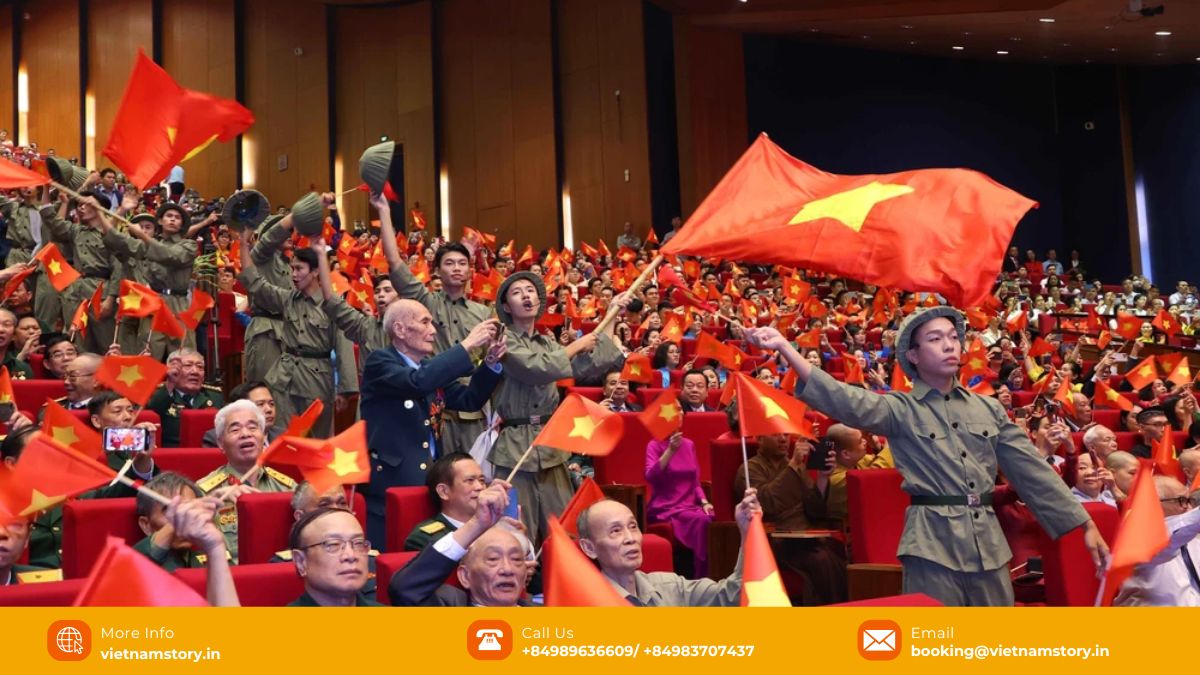
Beyond its historical landmarks, Vietnam’s spirit shines through in its vibrant culture. From the bustling markets to the ancient temples, from the traditional music and dance to the bustling street food scene, Vietnam’s culture is a dynamic tapestry woven with threads of tradition and modernity.
Conclusion
Vietnam’s history is a tapestry woven from centuries of struggle, resilience, and transformation. It’s a story of enduring spirit, cultural richness, and a deep-seated national pride. As you journey through this captivating country, take the time to explore its historical sites, engage with its people, and appreciate the extraordinary journey that has shaped modern Vietnam. Immerse yourself in the traditions, understand the trials and triumphs, and you’ll discover a nation that has risen from the ashes of war to embrace a future of growth, prosperity, and cultural vibrancy.

